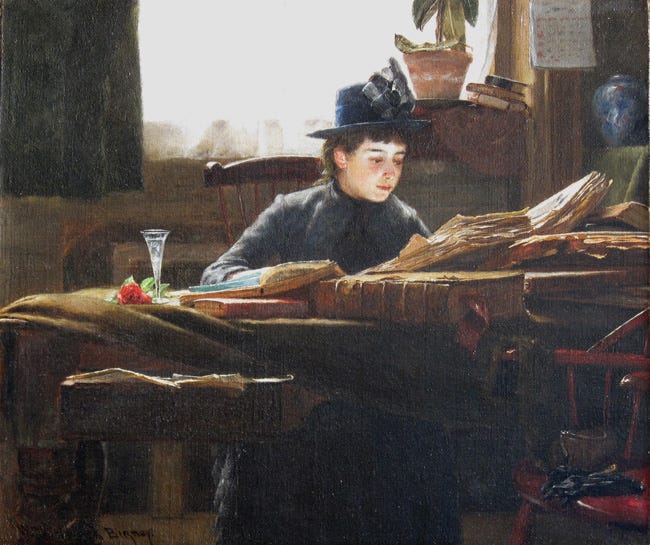Notebook: Books Are Dead! Long Live Books!
by Ann Kjellberg, editor
A piece made the rounds week or so ago about the incipient end of traditional publishing and naturally we seized on it with relish! End times, don’t we know it! The grain of sand at the heart of the pearl was the perennial observation that most of the books for sale do not make much money and the publishing industry is floated by the biggest sellers. The red-meat headline—“No One Buys Books”—seems belied by the obtrusive fact of those very bestsellers: the title might rather have been, No one will buy your book.
A happy outcome of this latest salvo was a set of thoughtful ripostes that in the aggregate make a useful primer on contemporary book economics: Lincoln Michel (who wrote for us about Caleb Crain), Freddie deBoer, and Jane Friedman, among I’m sure many others. Readers, we were roiled. I’ll leave the fine points to them but I’d like to back up a little bit more and ask the question “No One Buys Books” author Elle Griffin proposes in a more general way: Is the system working?
As Lincoln Michel, Freddie deBoer, and Jane Friedman neatly show, it is working in the sense that book sales are holding steady in a moment when digitization has wreaked havoc on other cultural and media industries, and, as Freddie deBoer spells out, it is still possible to write and disseminate and even earn something from a traditionally published book of significant ambition and cultural heft without being a pop star. But is our book business set up as it needs to be to make the most good ideas available to the most people?
Keep reading with a 7-day free trial
Subscribe to Book Post to keep reading this post and get 7 days of free access to the full post archives.

